In January, a New York Times article about the National Restaurant Association (also known as “the other NRA”) made waves in the food service world. Their investigation into the NRA revealed that the organization had been using funds from ServSafe food safety training classes to lobby against minimum wage increases. ServSafe, the most popular food safety certification in the United States, is required in many restaurants and food service settings.
At the Food Institute, we wondered whether there were any alternatives to the ServSafe certification. To learn more, graduate intern Elissa Booras interviewed Jen Watkins, a Geography PhD candidate and Institute for Digital Arts and Humanities (IDAH) affiliate. Jen’s current research focuses on restaurant structures and is especially pertinent to issues of labor in restaurants. Read on to learn about her research, her thoughts on this situation and its context within the broader history of restaurants and food service labor in America.
Q: Tell us about your dissertation research you’re currently working on.
A: I haven’t actually started my fieldwork yet. I’ve done a lot of preliminary research in Louisville and I’ve been bouncing back and forth between here and Bloomington for the last six months, but I’ll actually go out in the field this summer. Right now, I’m just putting together my plan and my funding.
My current research looks broadly at restaurants and at restaurant labor. I specifically came to grad school to study that. I was actually working in the service industry for over a decade before I decided to come back to school. In that time, I saw a lot of things that were not functioning properly that I thought were broken or unjust, and I wanted to find solutions to that. I wanted to start thinking about how I might think about those problems differently and how to fix them, having been a restaurant worker for so many years.
One of the biggest things that I’m asking in my research is: who is actually profiting off the restaurant industry? A lot of the scholar activism surrounding restaurants focuses on the restaurant owner, but individual restaurant owners are not the people that are extracting value from the restaurant industry as a whole. It’s pretty well-known that restaurants have extraordinarily thin profit margins. So, chain restaurants do make a lot of money potentially because of the economies of scale, but individual restaurant owners are not the people who are profiting. I’m just trying to think about who is profiting. How does the restaurant industry function as a national labor valve? How are restaurants used to create cultural capital and revitalization and urban tourism efforts? How do companies that surround the restaurant industry (for example, food distribution companies like Sysco or people who make restaurant equipment) profit off this industry?
The big driving thing here that I really want to show people is that, when we say the restaurant industry is broken, it’s actually not broken for everybody, right? For some actors, it’s functioning exactly the way that they want it to. Those are the people who have a lot of money and power in this industry, and that’s why so much policy does not get made surrounding restaurant workers. That takes us to this article about ServSafe and the National Restaurant Association.
Q: Yeah, I’m interested to talk about that, because this article reveals that ServSafe classes are funding NRA lobbying. Do you see this as a unique case or as part of a larger trend?
A: Before I read this article, I did not know that ServSafe functioned under the NRA. I’m not super surprised. By no means is it the only way you can get certified, but it’s the cheapest and most ubiquitous. People don’t say “I have to get certified,” they say “I have to get ServSafe certified.” It also varies from state to state. I don’t know if this is still the case, but when I was working as a server in Indiana, there only had to be one person in the building at any given time who was certified. In the case of the restaurant where I worked, it was only the managers who were required to become certified, and the restaurant just paid for us to do it. But, as we see in that article, some states are asking that everyone in the restaurant have that certification.
Until the 1990s, the NRA was a pretty inactive organization. It was not very politically involved. Then in the 1990s, Herman Cain, who was the CEO of Godfather’s Pizza, became the president of the NRA, and he was the person who really turned the NRA into a big lobbyist group. He specifically was the driving force behind the tipped minimum wage getting decoupled from the federal minimum wage. Between 1938 and 1996, the tipped minimum wage always had to be 50% of the federal minimum wage – which is still problematic, because essentially the tipped minimum wage was a way for employers to bring new pools of labor into the restaurant industry but get around paying them. In 1996, $2.15 was exactly 50% of the federal minimum wage. In that same year, Clinton was still president but they had a newly conservative House, so Herman Cain was able to push and lobby for that legislation to get introduced. It passed and the two wages have been decoupled ever since.
So, this exposé about ServSafe and that particular linkage is something that I think was relatively unknown to people, but the NRA since the 1990s has never been an organization that was intended to support restaurant workers, ever. Between the 1990s and now, they have actively worked against restaurant workers’ interests. Honestly, I don’t know that I would even say they work for individual restaurant owners’ interests. They are primarily benefiting big chain restaurants like the one Herman Cain himself ran during that period.
Q: That makes me think of the current fight for the $15/hour minimum wage. Do you see any other obstacles to getting to that? Also, at this point $15/hour is not adequate for many places in the US.
A: Yeah, one, $15 is not a living wage anymore. Also, like I said, if the people who are making money off the restaurant industry are not the restaurant owners, and their profit margins are that thin, then that is a very real concern we have to think about if we abolish the tipped minimum wage – which I think we should. There’s no reason to have it, but there are a lot of individual restaurant owners who can’t afford to pay it. I think that the question needs to stop being about individual restaurant owners’ ethics and morality and it needs to start being about where the money in the restaurant industry is going and who we need to put pressure on to make those changes if it can’t be the individual restaurant owner.
One of the goals of eliminating the tipped minimum wage is to promote equality in wages between the front and back of house. But it’s not just a simple redistribution; it’s not like servers are going to make a little bit less and the back of house is going to make more. It’s just going to be a situation where everybody doesn’t paid enough. That’s one of the concerns.
Another concern – and this is my personal opinion – is that, with every meal in American dining culture, no matter where we go, we expect dinner and a show. That involves a lot of emotional labor. Servers expect to be paid for that, so it also becomes a question of: can you expect someone to perform that level of service for $15/hour? I think the answer is no. I mean, I certainly wouldn’t.
I also think that eliminating the tipped minimum wage has to include everybody or nobody. Restaurant groups have tried this in New York and in other places, and what happens is that the servers who have the most mobility and the most social capital will just move to another restaurant that still does tipping. There’s always going to be servers who would rather just make $80k a year and not have health insurance or job security. But, that leaves a lot of servers behind who don’t have that ability to switch back and forth – maybe they have kids, maybe they have health problems, maybe they’re older.
Q: What first made you notice this issue of power distribution in the restaurant industry?
A: I mean, I saw inequality and inequity, being a woman who is not white. I was very frustrated with a job where the money I would make in an hour really depended on my ability to absorb racism, sexism, or just general unpleasant behavior. But, I think what led me here is that these jobs have the potential to be really, really good jobs. They’re creative, there’s a lot of physical movement, they’re incredibly social spaces, you get to do a lot of ad hoc on-the-fly thinking and problem solving – which honestly, I enjoy. There are many things that would make it a career that a lot of people would like or be drawn to – but there’s no career ladder for it, and you have to deal with a lot of injustice. I think what drew me to studying this was figuring out a way to draw out the good qualities of the job and make it a more sustainable career. What do the bad things about this job say about American labor in general? What is endemic to the restaurant industry and what is part of our bigger problem surrounding labor and power in this country right now?
In a lot of ways, the restaurant industry was the first gig labor job. Even in the 19th century, it was a highly mobile, seasonal workforce. A lot of servers in Europe would move from town to town along with the tourism seasons. We actually have a scholar of the restaurant in the history department named Rebecca Spang who wrote a really excellent book on the invention of the restaurant.
Q: That history says a lot about the culture of labor and food service, specifically in America.
A: Americans borrowed this elite dining model from Europe, but since then we’ve made it so that every economic class eats out all the time, but we’ve still held on to some of these cultural models that came from haute cuisine. They don’t work the same way as in a Denny’s, for example.
Q: What do you mean by cultural models?
A: In the 19th century, mostly rich people ate out. There were taverns and stands, but the model of the sit-down restaurant that we have now came out of the hotel model. That was something wealthy people did. Then, in the 1920s, all of a sudden we have this rising professional class – doctors, lawyers, people who have a lot of disposable income and a lot of disposable free time – who were resentful of the fact that this kind of dining was for the elite only. So, they started to create some of these dining spaces for themselves in the US, and they borrowed a lot of those same models – the Escoffier model of how the kitchen is organized, how courses are served, styles of service, things like that. This model started with the wealthy elite in Europe, then moved over to the wealthy elite in the US, and then slowly trickled down through the professional classes. There’s still vestiges of it in our casual sit-down dining restaurants today. I think that’s where we have this expectation with servers of dinner and a show, no matter what kind of restaurant you’re eating at. At some of the restaurants in East Asia, if you want your server, you hit a button. They don’t come unless you actually need something, whereas servers in the US have an expectation to be so present that they anticipate things before people need them.
Q: How do you approach this topic through the lens of a geographer?
A: We’re always trying to think spatially. How are space and place interacting? How are our environments affecting us and vice versa? When I think of the restaurant, one thing I think about is the layers of community, for example. How are restaurant workers physically and emotionally interacting with each other in this space that is a restaurant, and how does that community fit into the community that the restaurant owner is trying to create with the clientele he draws in? How is that relationship working? How is that community fitting into the actual physical neighborhood where the restaurant sits – are they even the same communities? I think that how these imaginary spaces interact with the physical spaces in places like the restaurant can be incredibly important.
So, for my project, right now I’m thinking about this idea of the plate in the restaurant and how it’s essentially working as a perfect fetish object if we think about it in Marxian terms – and I usually think about things in Marxian terms because I’m a geographer. Basically, this plate, culturally or ideologically, is obscuring all of the processes and all of the sets of relations that create it. So, within my project, I’m trying to look at some of the main processes and sets of relations that are hidden from us when we sit down and eat that plate of food.
Q: Any final thoughts you want to share?
A: We’re in a moment right now. Union membership is spiking, people are generally very unhappy with work life in the United States right now, and I think that the restaurant industry is a really, really important player in that. Before the pandemic, it employed 10% of the US workforce. So, we have to think about what these big industries are doing and what their function is in the larger US economy as we move forward. Why has the restaurant industry been allowed to function in this way for so long? We’re hitting a crisis point and more and more types of academic research are going to have to fundamentally deal with labor in the coming years.
Are you a food service worker in Indiana looking to get certified? Learn about the Indiana Department of Health’s approved alternative certifications to ServSafe here: https://www.in.gov/health/food-protection/food-protection-manager-certification/
Jen was recently interviewed on WFIU’s Earth Eats about her research – listen here: https://indianapublicmedia.org/eartheats/rethinking-the-restaurant-industry.php
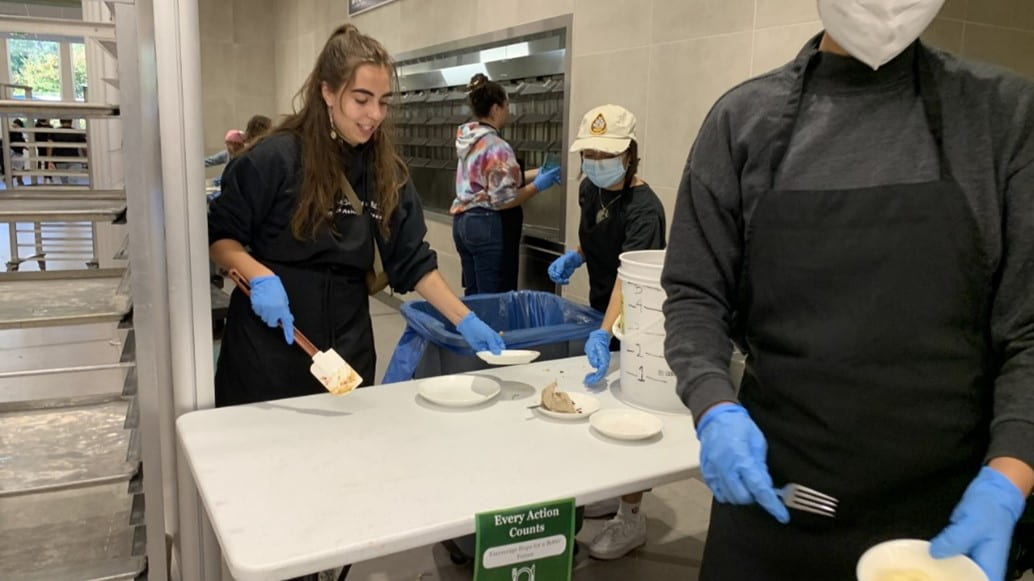
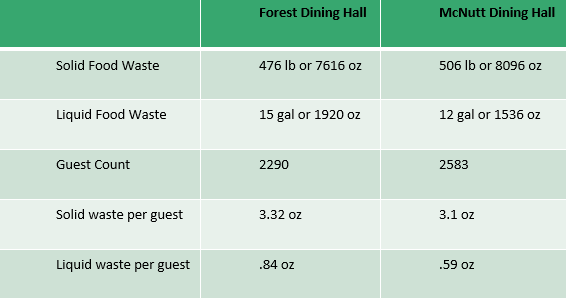
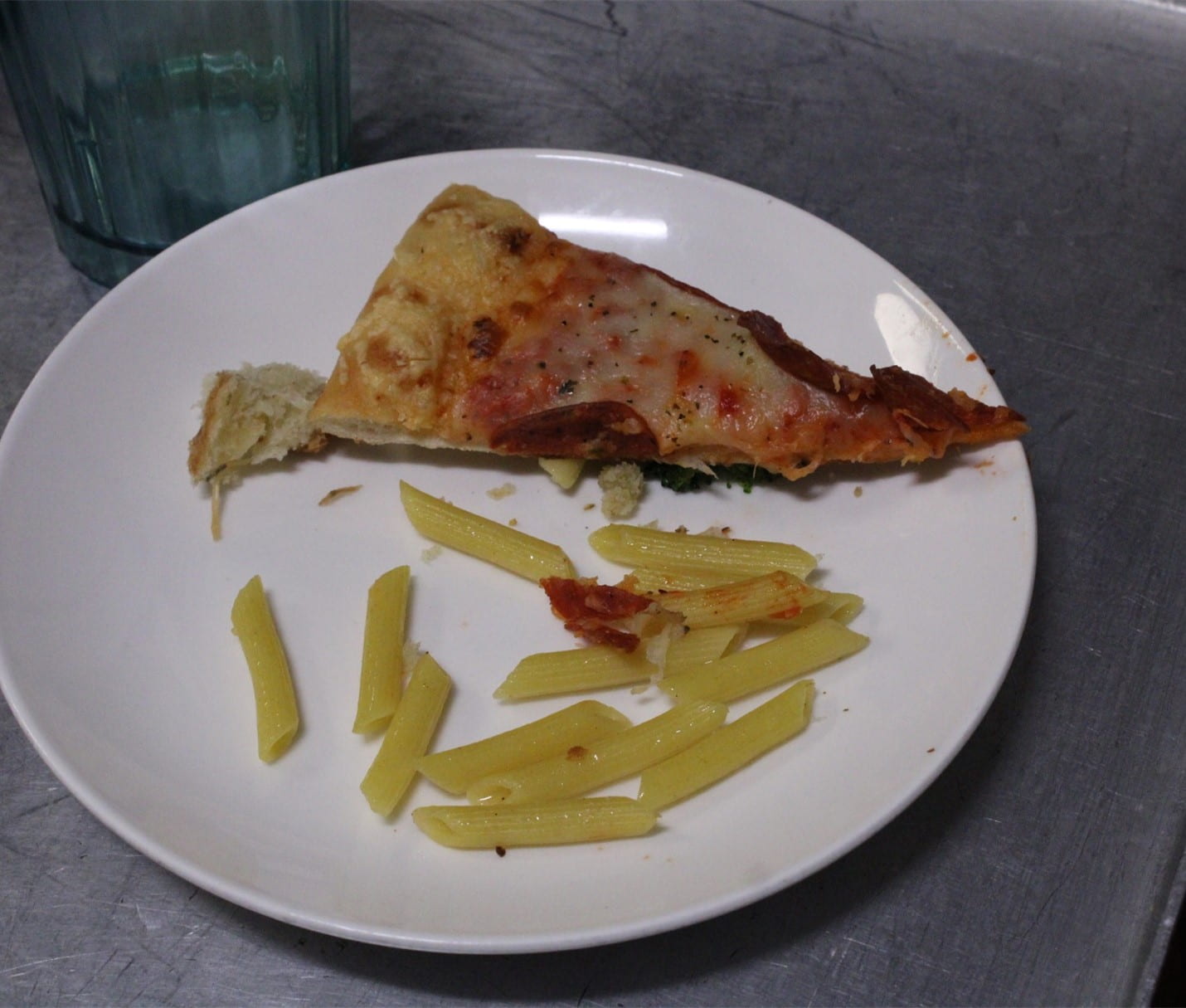

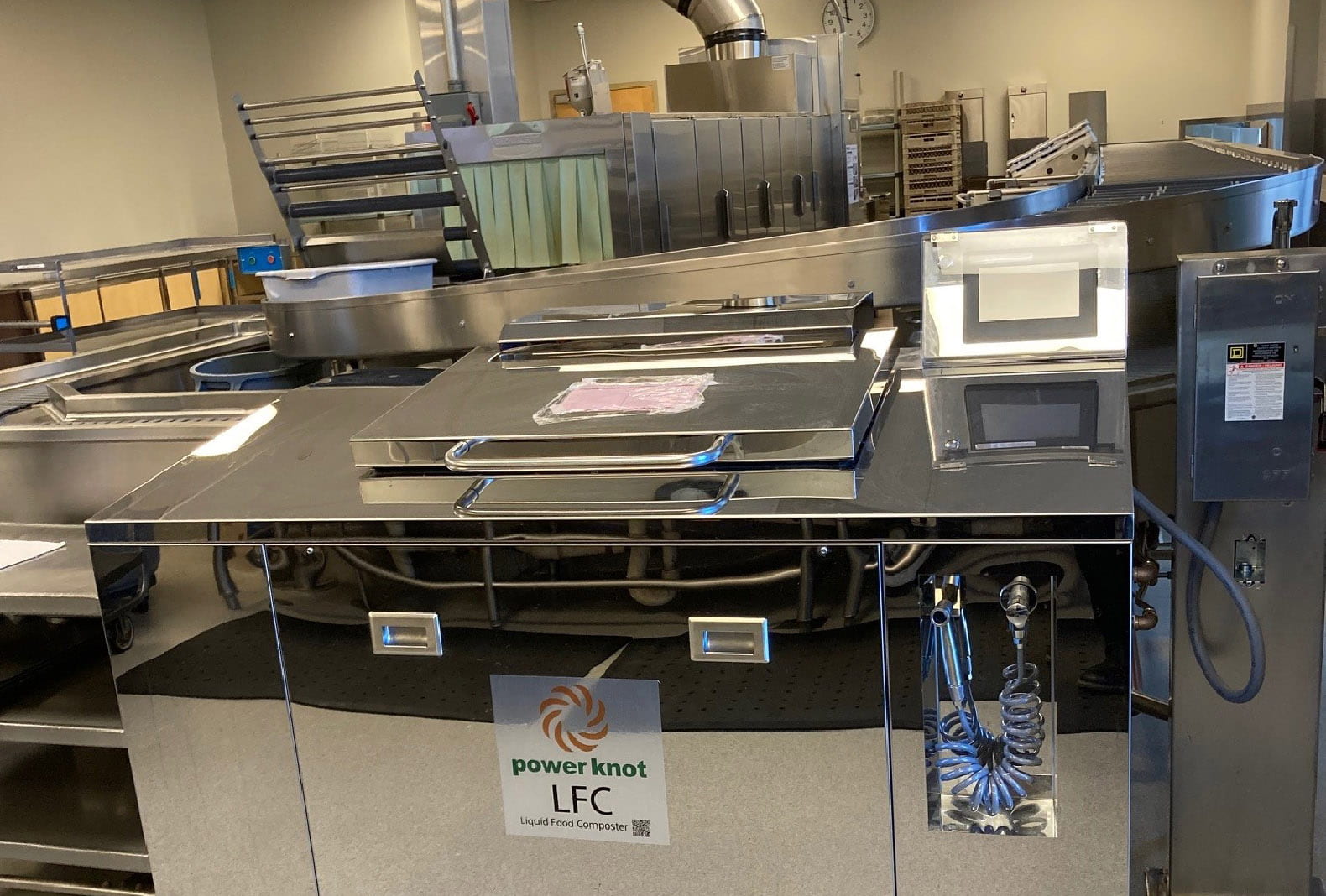

 GIs are labels that are put on commodities to signify that they are exceptional because they are from a particular region – that the geography of that region makes it ideal for growing that particular crop or producing a particular value added good because of the soil, the climate, the local knowledge, the cultural celebration around that particular commodity, etc. The team I joined was already looking at the green pistachio of Bronte, and in 2019 we started looking at the lemon of Siracusa and the new carrot of Ispica. The green pistachios of the Bronte region are grown in the lava rock soils around Mount Etna. For the people here, this factors a lot into their identity. Their culture really wraps around the pistachio. It’s difficult to grow in their unusual geography, so they’ve come up with a way to graft these pistachio trees and grow this incredible plant. Part of the magic is that there aren’t many other options, but they’ve found a way to grow these beautiful purple and green pistachios.
GIs are labels that are put on commodities to signify that they are exceptional because they are from a particular region – that the geography of that region makes it ideal for growing that particular crop or producing a particular value added good because of the soil, the climate, the local knowledge, the cultural celebration around that particular commodity, etc. The team I joined was already looking at the green pistachio of Bronte, and in 2019 we started looking at the lemon of Siracusa and the new carrot of Ispica. The green pistachios of the Bronte region are grown in the lava rock soils around Mount Etna. For the people here, this factors a lot into their identity. Their culture really wraps around the pistachio. It’s difficult to grow in their unusual geography, so they’ve come up with a way to graft these pistachio trees and grow this incredible plant. Part of the magic is that there aren’t many other options, but they’ve found a way to grow these beautiful purple and green pistachios.

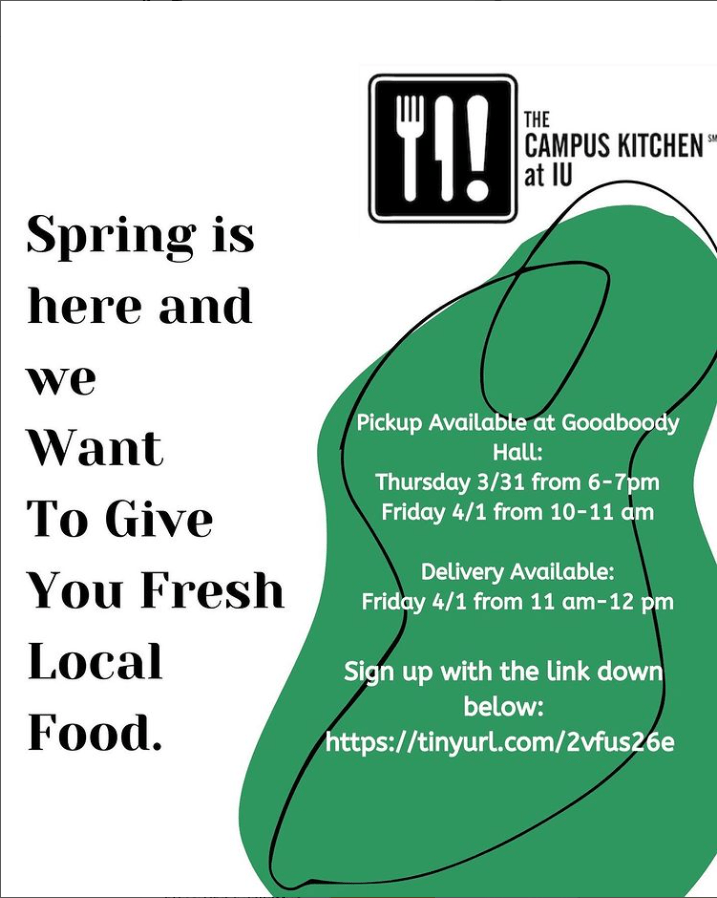
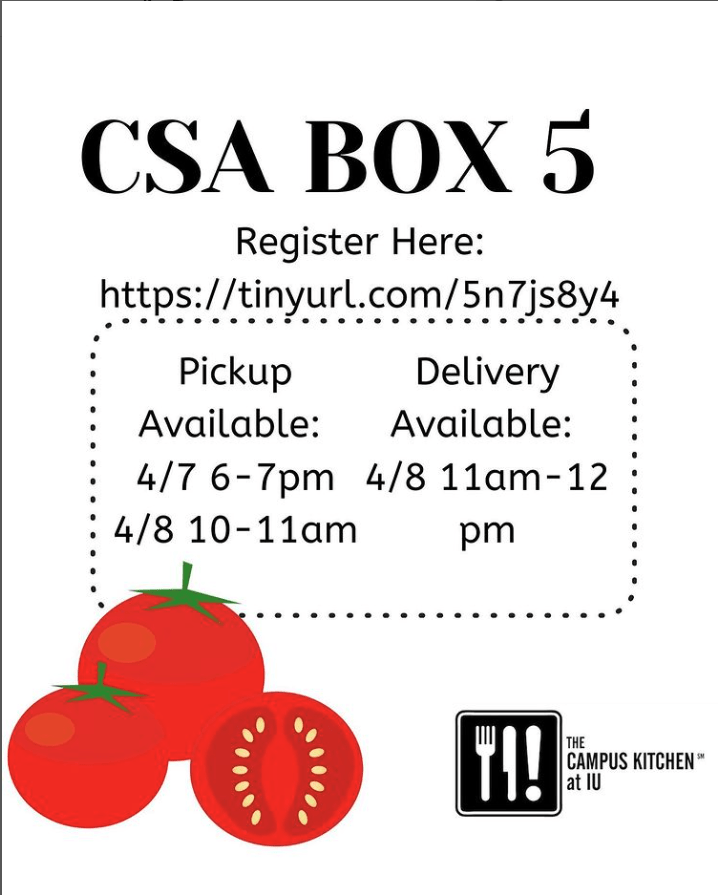


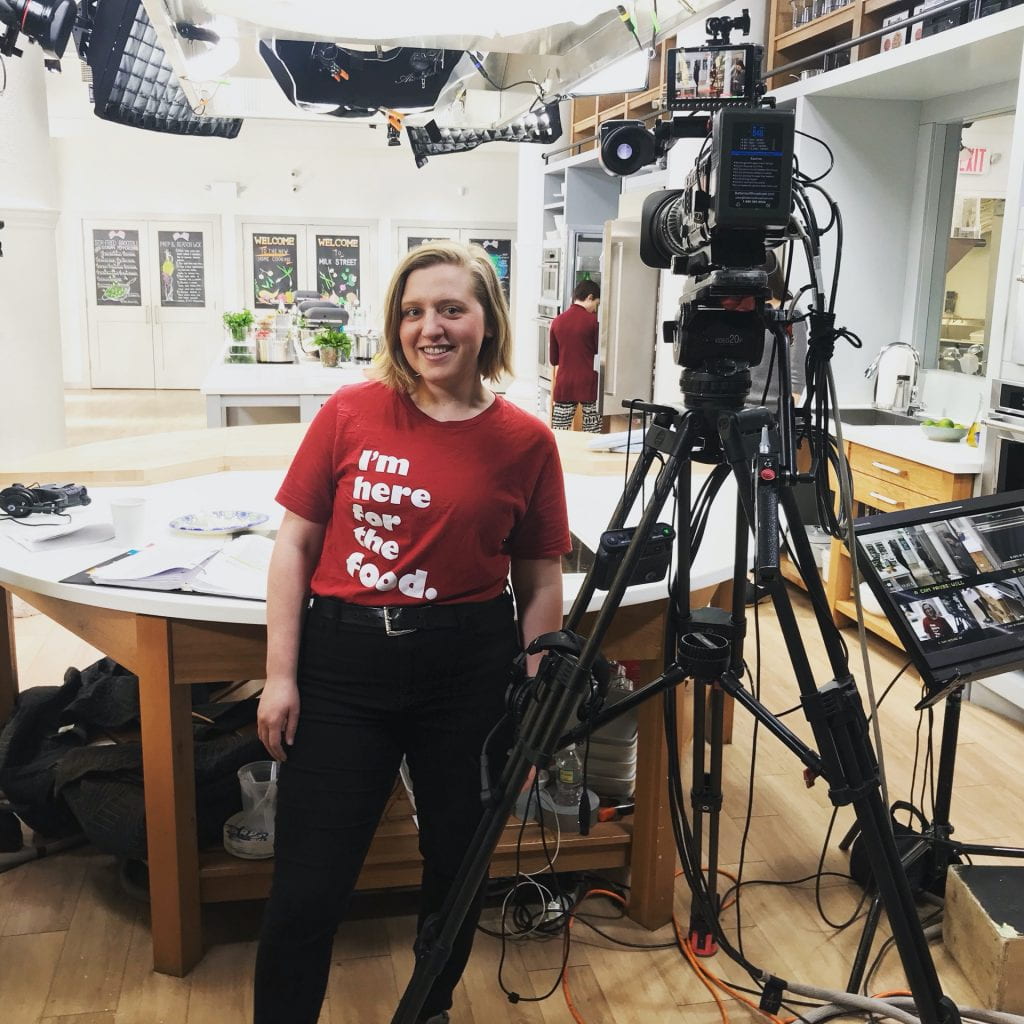


 Who was on the team?
Who was on the team?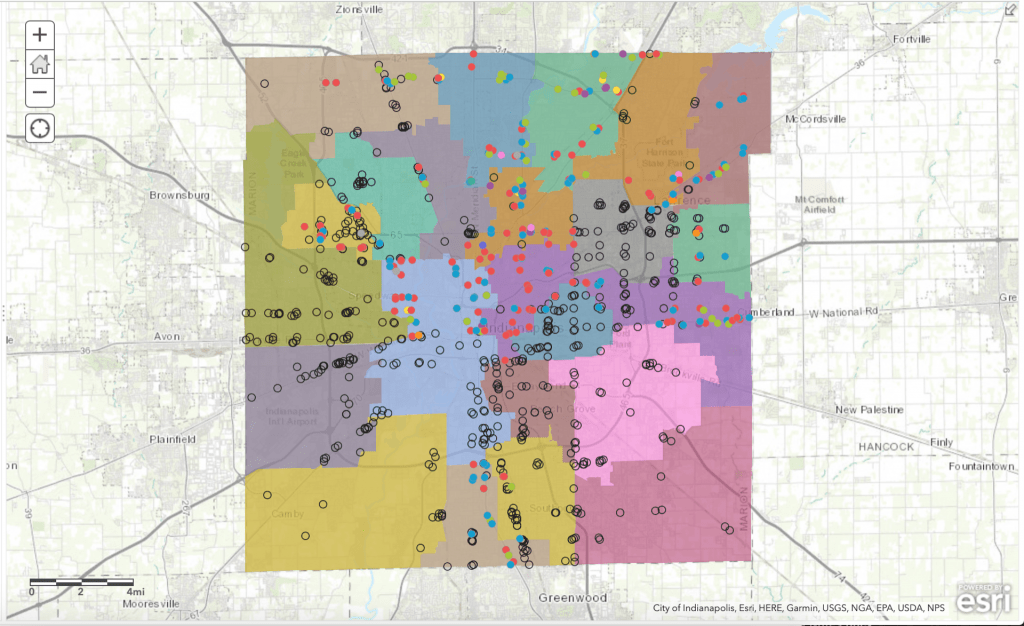
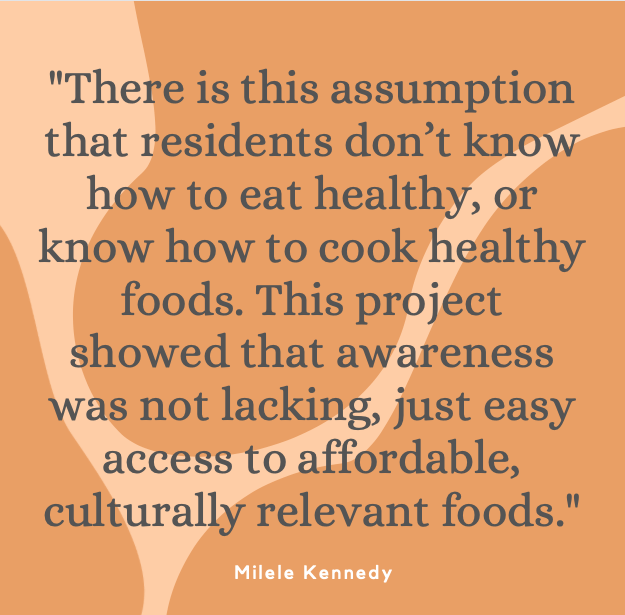 Overall, the challenges that residents expressed facing in the local food system were largely cultural and asset-based, with some physical and geographic as well.
Overall, the challenges that residents expressed facing in the local food system were largely cultural and asset-based, with some physical and geographic as well. 



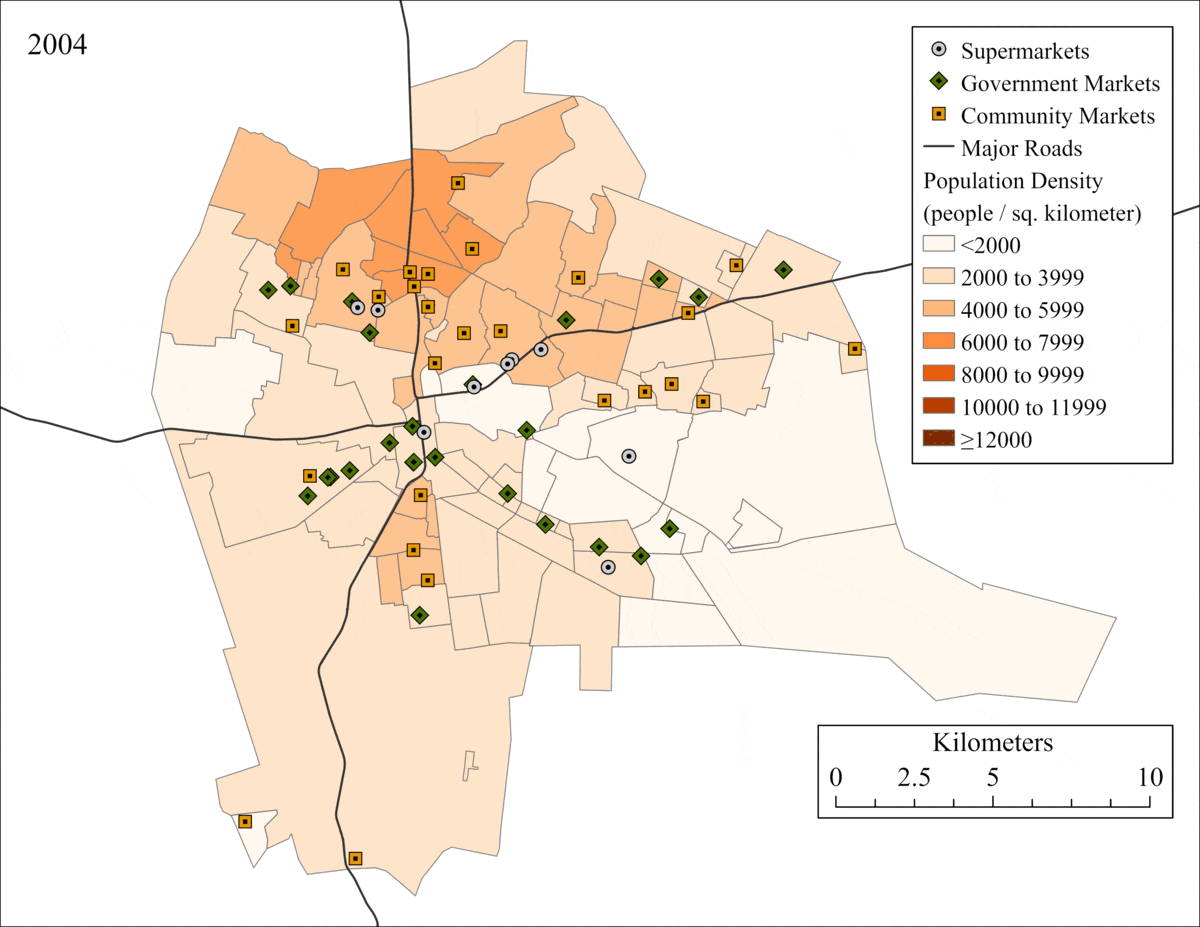 The above GIF shows the development of two types of public markets and supermarkets developing over time across Lusaka, Zambia from 2004 to 2020. Underlying the points on the map are the population densities of Lusaka’s 94 residential areas.
The above GIF shows the development of two types of public markets and supermarkets developing over time across Lusaka, Zambia from 2004 to 2020. Underlying the points on the map are the population densities of Lusaka’s 94 residential areas.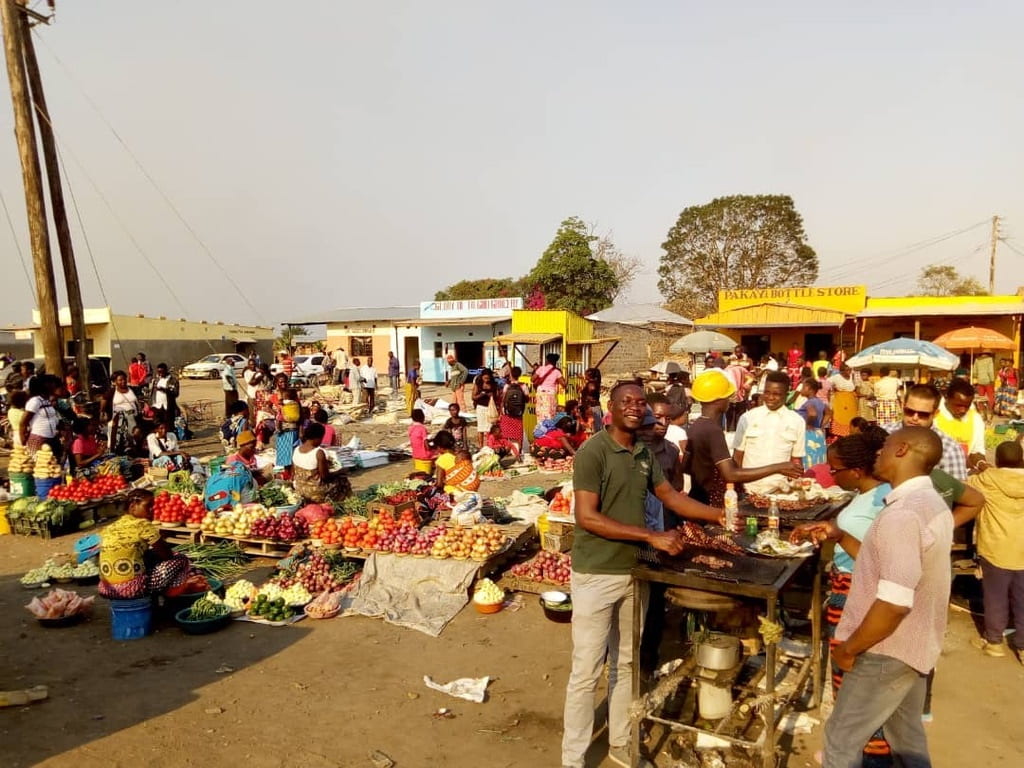


 A:
A: 
 Find, follow, contribute, read and share in the food system stories from IU, Indiana and global adventures. We welcome bloggers and travelers and food system practitioners to contribute to our story base of information at the IU Food Institute to enable learning, collaboration and recognition of activities. We look forward to hearing from you.
Find, follow, contribute, read and share in the food system stories from IU, Indiana and global adventures. We welcome bloggers and travelers and food system practitioners to contribute to our story base of information at the IU Food Institute to enable learning, collaboration and recognition of activities. We look forward to hearing from you.